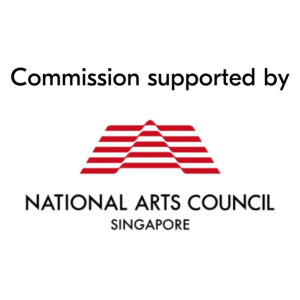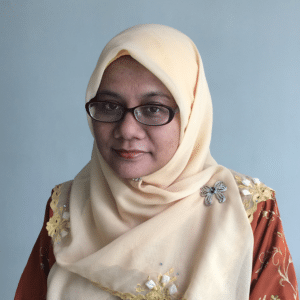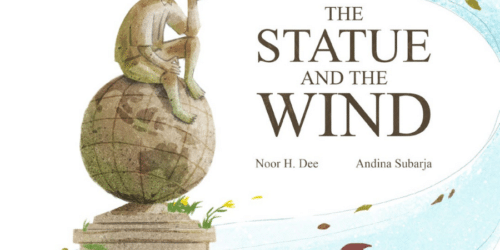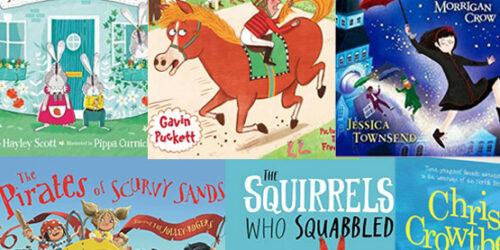
I love museums. They were the more affordable places my parents could bring my three brothers and me on weekends together. While the imposing height of the rooms and precious displays at the National Museum of Singapore might be why my parents would explain the collections to us in hushed voices, the polished floors and grand staircase called out to the six-year-old me fed on fairy tales. I would pretend to be Cinderella, who danced ever so gracefully and ran up the steps, only to leave half of a Mary Jane pair behind. Nowadays, museums offer a lot more than just displays of past years. There are interactive exhibits to engage young minds, from toddlers to teenagers.
On my imagined tour of Norwich city, I will not be alone. Keeping me company is Azim, the six-year-old boy from my picture book series. Azim is curious, eager to try new things and slightly obsessed with exploring the world with flying objects.
We begin our day at the Museum of Norwich at The Bridewell. The museum was formerly a prison and stands along Bridewell Alley. The large pink sign hanging off an intricate wrought iron bracket beckons as we stroll down Bridewell Alley. Further down past the museum is St. Andrew’s Church.
The small museum’s first level presents Norwich city’s history from the Middle Ages to the 1800s. I am surprised at the number of items that can be displayed within the limited space. Azim is more fascinated by the leathery head of Snap the Dragon, a well-known figure that appears in the Lord Mayor’s processions in the city. He counts the golden-yellow bumps that run from the green-black snout up to just above the brow, between the two horns. A search on the web leads us to a video on the chant sung out when Snap the Dragon ambles along with the procession. Azim hums it under his breath as we walk past the statue of Samson. Azim finally stops when he discovers a basket of wigs and hats in a room presenting the Georgian era. We spend more than ten minutes dressing up and posing for photographs.
From then on, we eagerly look for interactive displays and pull-out drawers that contain artefacts such as grave markers and cameos. As we walk into rooms that trace the city’s expansion into commerce and trade—the reproductions of a grocery store and a pharmacy drawing Azim’s attention the most—I make a mental note to share with him particular memories of the grocery shops of my childhood: the row of gunny sacks filled with different types of rice, the heavy cans from which the shopkeeper would pump out kerosene into the bottle I brought from my grandmother’s house and the pair of large milk cans (serving as the repositories for coins and notes) hung from a pulley system that stretched across the shop.
After viewing the display of the museum’s past as a prison, we find exhibits on the city’s textile and clothing industry that delight Azim; he gets to try on shoes and play with an arrangement of bright yellow and red cogs.
Leaving Bridewell Alley, we walk along Swan Lane to see the swan perched on a clock. We cross London Street towards our second destination, the Norwich Castle Museum and Art Gallery. Azim insists that I take a photograph of the “chubby children”—stone ornaments supporting a balcony above the entrance of a grand building that used to be the London and Provincial Bank. The proper architectural term for the two ornaments, I later learn, is “putti”.
While Azim is disappointed that the Castle Keep is currently closed for renovations, he is still happy that he gets to visit the galleries and the “Romans and Vikings”. While resting between gallery viewings, we search for information on programmes for children offered by the museum. I read to him about the Magical Creatures workshop, where the museum’s natural history collections inspire children to create their own fantastical beasts. Azim quickly spins a tale about a strange creature lurking around his neighbourhood in the evening. No one has seen it fully, just its shadow. Azim explains to me the beast is just a rooster that has adopted a kitten that likes to ride on the fowl’s back.
We decide to follow the Norwich Bestiary poetry trail around the rest of the city as far as our legs can carry us. The trail features a collection of poems written by Daisy Henwood with the assistance of several young persons. The Norwich Bestiary poems, the website says, “are inspired by the animals found in the museum’s collection, around the city, or imagined into key moments in Norwich’s past.” We start with the story of Emma de Gauder, who held the castle against the king while her husband was being a coward.
After a few poems and rest stops, Azim decides he wants to walk along the river. Our shadows begin to lengthen as the music coming from riverside cafes gets louder. We begin to create our own fantastical creatures with our shadows and imbue them with magical powers. We sit on a bench, and I wonder if I will ever have the chance to view a murmuration of starlings swirl over Norwich city or enjoy a sunset from Mousehold Heath. I watch Azim draw a viking longship with a dragon head. Just when I am about to tell him about how my grandparents crossed rivers and seas to build their new life in Singapore, Azim asks that I bring him to the City of Norwich Museum of Aviation and Eaton Park tomorrow because he thinks Norwich has more things for him to draw.
Note:
I am indebted to the A Little Bit of History channel on Youtube for the photographs and description of the Norwich Museum at The Bridewell.

 Nur-El-Hudaa Jaffar has translated children’s picture books, fiction and poetry since 2017. She won the Inaugural MASTERA Translation Prize for Poetry in 2019 and has conducted translation workshops for students. She is also an editorial consultant and the author of eight children’s picture books. In 2017, her short stories won the first and second prizes at the Golden Point Award (Malay language category), organised by the National Art Council of Singapore. She has been a moderator and speaker at events such as the Singapore Writers Festival and the Asian Festival of Children’s Content.
Nur-El-Hudaa Jaffar has translated children’s picture books, fiction and poetry since 2017. She won the Inaugural MASTERA Translation Prize for Poetry in 2019 and has conducted translation workshops for students. She is also an editorial consultant and the author of eight children’s picture books. In 2017, her short stories won the first and second prizes at the Golden Point Award (Malay language category), organised by the National Art Council of Singapore. She has been a moderator and speaker at events such as the Singapore Writers Festival and the Asian Festival of Children’s Content.
Nur-El’s residency is generously supported by the National Arts Council of Singapore.
Header image (c) Museum of Norwich.
You may also like...
Read ‘Listen When the Spirits Speak’ by Wayne Rée
Read this Walking Norwich piece from writer and NCW resident Wayne Rée, exploring Norwich and Singapore by way of their ghosts.

28th August 2023
‘The Statue and the Wind’ by Noor H. Dee and Andina Subarja
Read an excerpt from our Stories of Cities, Cities of Stories Jakarta virtual residents’ picture book.

10th August 2023
Great stories for young readers
Celebrating International Children’s Book Day 2018

28th March 2018






